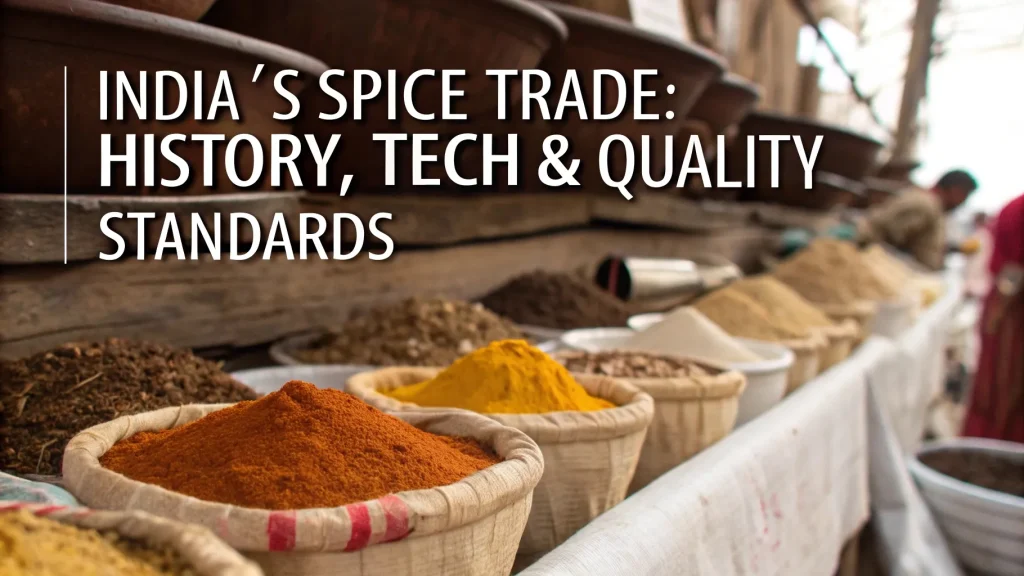In today’s competitive dairy industry, innovation and diversification are essential for farmers and dairy entrepreneurs to increase their profitability. One of the most impactful strategies in this regard is the creation of value-added dairy products. These are products that go beyond basic milk by being processed or enhanced to provide additional value to the consumer, either through flavor, nutritional benefits, shelf life, or convenience. This growing segment has transformed the dairy landscape and offers immense potential for rural development, entrepreneurship, and income generation.
Understanding Value-Added Dairy Products
The term value-added dairy products refers to milk-based products that have undergone processing to increase their economic value and appeal. This process can involve enhancing the quality of milk, altering its composition, or converting it into new products that meet consumer demand. These products often fetch higher prices in the market compared to raw milk, offering a better return for dairy producers.
Creating value-added dairy products enables producers to tap into niche markets, reduce wastage, extend shelf life, and cater to health-conscious or gourmet consumers. Examples include yogurt, cheese, flavored milk, paneer, ghee, and more. These products not only meet evolving consumer tastes but also provide a buffer against market fluctuations in raw milk prices.
Types of Value-Added Dairy Products
Value-added dairy products can be classified into several categories based on their processing methods and consumer appeal. Here are some of the most popular types:
1. Flavored and Fortified Milk
Plain milk can be enhanced with flavors like chocolate, vanilla, or strawberry, and fortified with nutrients such as vitamins A and D, calcium, and iron. These products are especially popular among children and urban consumers who look for convenience and taste along with nutrition.
2. Yogurt and Flavored Yogurt
People around the world widely consume yogurt as a fermented dairy product. Adding fruit, honey, or spices makes it even more appealing. Yogurt is known for its probiotic properties, aiding digestion and boosting immunity. Greek yogurt, low-fat yogurt, and sugar-free yogurt are value-added versions catering to health-conscious individuals.
3. Cheese and Specialty Cheeses
Cheese is a significant value-added product due to its wide variety and long shelf life. From cottage cheese (paneer) to mozzarella and cheddar, cheese serves both the domestic and international market. Artisanal cheeses and those with added herbs or spices command premium prices and appeal to gourmet consumers.
4. Ghee and Butter
Clarified butter or ghee is a staple in Indian households. Value is added through traditional processing techniques, organic certifications, or the use of indigenous cow breeds. Butter can also be enhanced with herbs and salts for flavor variations.
5. Paneer (Cottage Cheese)
Paneer, a non-fermented dairy product widely used in Indian cuisine, comes in various forms such as flavored paneer (with garlic, pepper, etc.), low-fat paneer, or organic paneer. Manufacturers can vacuum-pack it to extend its shelf life.
6. Ice Cream and Frozen Desserts
Ice cream is a highly profitable value-added product. Innovative flavors, the use of natural ingredients, sugar-free or dairy-free options (for lactose-intolerant consumers), and artisanal production methods increase its value.
7. Whey-based Products
Whey, a by-product of cheese or paneer making, is rich in protein. It is increasingly being used in protein powders, beverages, and nutrition bars. Utilizing whey is an excellent way to reduce waste and create high-value products.
8. Dairy-based Beverages
Products like lassi, buttermilk, and milkshakes cater to traditional as well as modern markets. Packaging and branding of these drinks as healthy, ready-to-drink options have led to increased demand.
9. Condensed and Powdered Milk
Evaporated milk, condensed milk, and milk powder have long shelf lives and are used in confectionery, bakery, and beverage industries. They are especially valuable in regions with limited refrigeration facilities.
10. Organic and A2 Milk Products
A niche segment of value-added dairy products includes organic milk and A2 milk, derived from indigenous cow breeds. These products claim better digestibility and health benefits and are popular among affluent urban consumers.
Benefits of Value-Added Dairy Products
The production and marketing of value-added dairy products offer numerous benefits for farmers, processors, and consumers. Some of the most significant advantages include:
1. Increased Profit Margins
Processing milk into value-added forms significantly raises its market value. For instance, the profit from a liter of milk converted into cheese or yogurt is much higher than selling it as raw milk.
2. Market Diversification
Value-added dairy products allow producers to diversify their offerings and reduce dependence on a single revenue stream. This makes the business more resilient to market shocks or seasonal variations.
3. Employment Generation
The production of value-added dairy products often involves packaging, branding, marketing, and distribution. This creates jobs not only in rural areas but also in urban markets, contributing to economic development.
4. Longer Shelf Life
Processed products generally have a longer shelf life compared to raw milk. This reduces spoilage and waste, especially in areas with poor cold chain infrastructure.
5. Nutritional and Health Benefits
Many value-added dairy products are fortified with essential nutrients or enriched with probiotics. This improves public health and offers options for consumers with specific dietary needs.
6. Women Empowerment
In many rural settings, women are heavily involved in dairy farming. Value addition activities such as making paneer, ghee, or lassi at the household level can generate income and empower women financially.
7. Brand Development and Recognition
Packaging and marketing value-added products under a recognizable brand can build customer loyalty and command higher prices. Local brands can gain national or even international recognition over time.
8. Environmental Benefits
Efficient use of by-products like whey or innovative uses for dairy waste can reduce environmental impact. Value addition can be a step toward more sustainable dairy practices.
9. Meeting Changing Consumer Preferences
Modern consumers demand convenience, taste, and health benefits. Value-added dairy products meet these expectations through innovation in flavor, packaging, and formulation.
10. Export Opportunities
Countries with a surplus in milk production can expand their export portfolio by marketing high-demand products such as cheese, butter, milk powder, and yogurt to global markets.
Challenges and Considerations
While the benefits are many, producing value-added dairy products also comes with challenges. These include:
-
High initial investment in machinery, packaging, and certifications.
-
Compliance with food safety standards such as FSSAI in India or FDA in the U.S.
-
Need for skilled labor to maintain quality and consistency.
-
Market competition from established dairy brands.
-
Cold chain logistics for perishable items.
To overcome these challenges, businesses can effectively leverage government schemes, training programs, access to finance, and cooperative models.
Government and Institutional Support
In India and several other countries, government initiatives are promoting value addition in the dairy sector. These include subsidies for machinery, training in food processing, and support through dairy cooperatives. The National Dairy Development Board (NDDB), Ministry of Food Processing Industries (MoFPI), and NABARD offer various schemes for entrepreneurs in this space.
Moreover, under programs like the Dairy Entrepreneurship Development Scheme (DEDS) or PM FME Scheme, individuals and small businesses can receive financial aid and technical support to launch value-added dairy businesses.
Conclusion
The rise in demand for healthy, tasty, and convenient food has made value-added dairy products an essential part of the modern dairy economy. From flavored milk and yogurt to ghee, cheese, and beyond, these products cater to varied consumer needs while offering better returns for producers. By embracing innovation and adhering to quality standards, dairy entrepreneurs can significantly enhance their income and contribute to rural development.
As the global population grows and consumer preferences evolve, the future of value-added dairy products looks promising. With the right knowledge, infrastructure, and market access, dairy producers can transform simple milk into gold.





